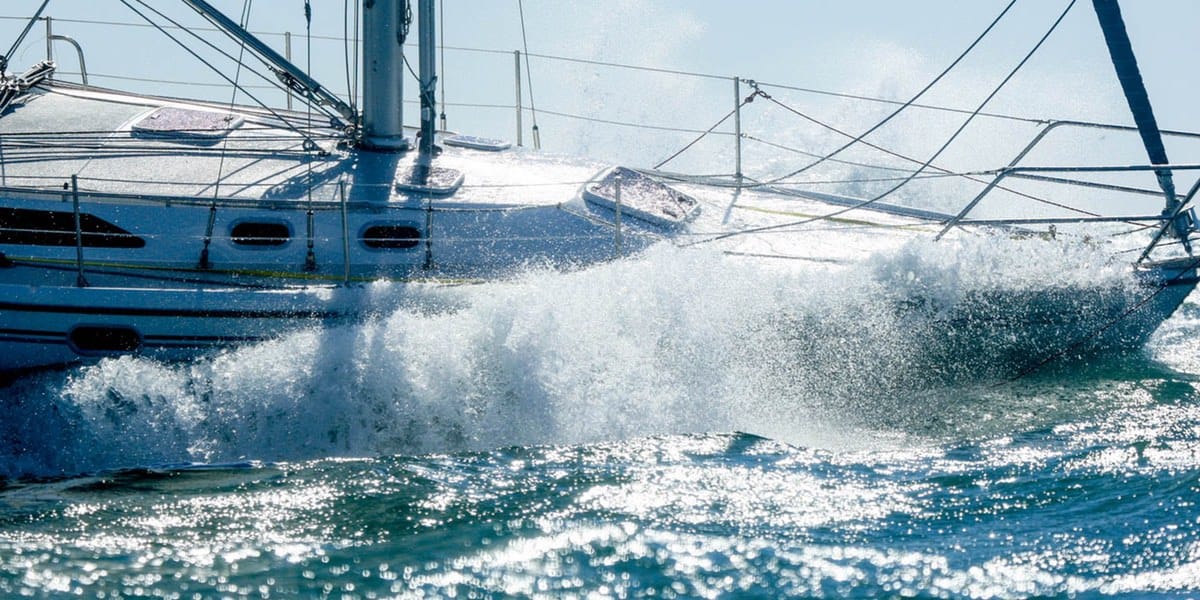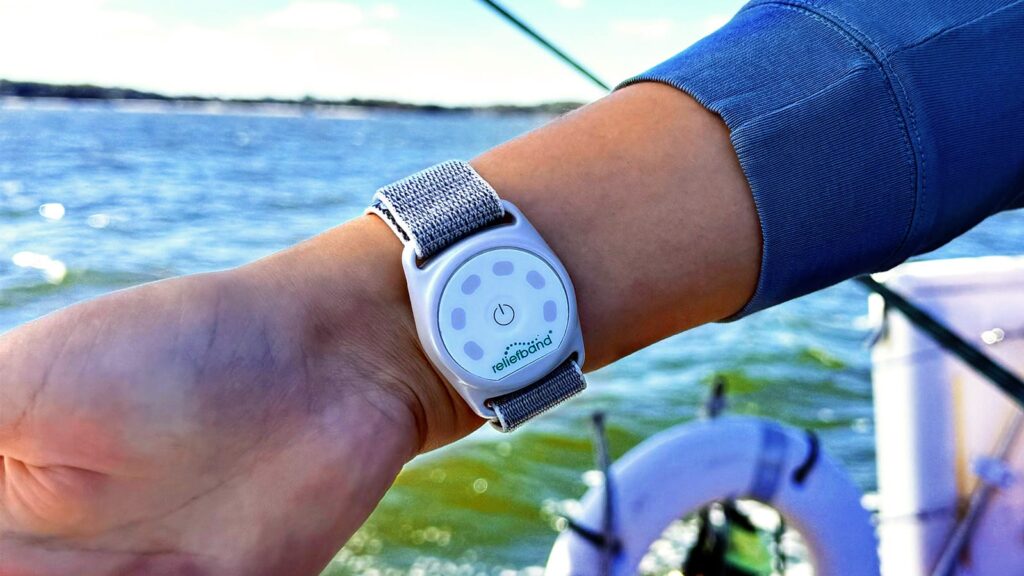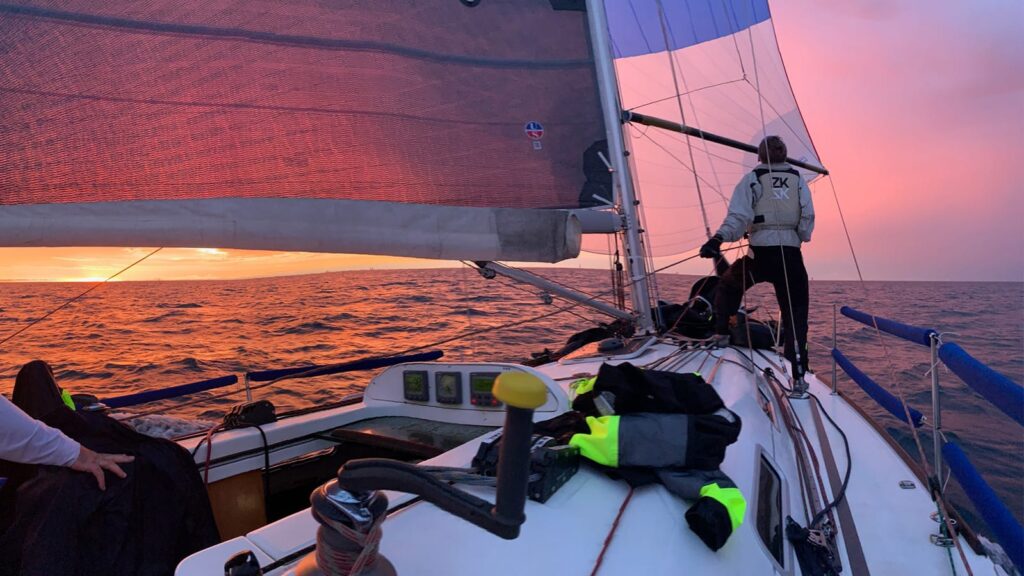You leave on a gorgeous sunny day with a 12-knot breeze blowing out of the south and a forecast for much of the same. It’s going to be a great day. After a solid two hours of sailing in perfect conditions, more white caps begin to emerge and the sky seems irritated. You know the mood of the wind is changing and, as a sailor, know you’ll be adjusting along with it. Here are 5 things to keep in mind when you feel that feeling. We encourage you to add to the list in the comments below…
- Tidy Up
Look around the boat and make sure everything is “ship shape.” When things get hairy, a messy boat with lines to trip over and things to slip on and get in your way is no good. Being disheveled in a howling wind can be a disaster. A fully heeled over and powered up boat is actually fun if everything is where it should be. If something happens to snap or go boing on a disordered boat, things can become chaotic quickly. Always be tidying in all weather but definitely if you feel it starting to pipe up.
- Hunker Down
Make sure everything that could get loose won’t. Perhaps some things in the galley are usually fine for a normal daysail, but will create an obstacle course when the boat starts slamming around. Or maybe you have some things lashed down that need to really be lashed down now. Do a survey above and below and make sure it all looks solid for a rockin’.
- Reef
It’s important to practice reefing on medium-wind days so when the time arises, it’s not a new experience. Sailing leaned over in 30-knots and choppy seas is not the time to learn how to work a seldom-used system on the boat. So, when you notice the wind may be changing her tune, look to the reefing system and make sure it all looks good to go. As it builds more, throw a reef in sooner than later. It’s a great feeling to put a reef in, see the wind come way up and be in total control – no bug-eyed fear, no heart racing, just a calm shift to another gear and more sailing!
- Change Clothing
There are times when the weather changes pretty quickly and the tee shirt and shorts become a serious liability when the sun goes away and the wind bears down. It’s very often the case in heavier weather that the skipper and crew will be stuck in their respective positions to keep the boat sailing and passengers safe. To be shivering and stiff is obviously not the best way to face a challenge. As things begin to shift remember this and grab the foulies. If you’re dressed correctly for the event you can face it without compromise. Seems like an obvious point but the environment can suddenly get colder than one might anticipate.
- Grab that PFD
If it isn’t already on, put one on. No one wants to think that they could end up in the drink but heavy weather can get wild. There might be call to go up on a very slippery deck in an extremely bouncy environment. It’s flat out foolish to not wear a life jacket in heavy weather – the chances of survival plummet should the worst happen. Throw that baby on, plow through those big ol’ waves, enjoy this essential part of the sailing experience and have a story to tell later…one with a happy ending.








